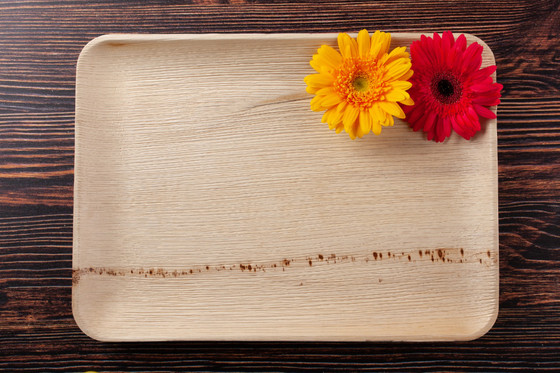When sugar cane is processed to extract juice, it leaves behind a fibrous material known as sugar cane bagasse. For years, this by-product was considered agricultural waste, often burned or discarded. Today, it’s gaining recognition as a valuable, eco-friendly material used in everything from energy production to biodegradable packaging.
In this article, we’ll explore what sugar cane bagasse is, its benefits, and the many industries that rely on it as a sustainable alternative.
What Is Sugar Cane Bagasse?
Sugar cane bagasse is the dry, fibrous residue left after extracting juice from sugar cane stalks. It is light brown in color, coarse in texture, and rich in cellulose and hemicellulose. These properties make it an excellent raw material for renewable energy and eco-friendly products.
Traditionally, bagasse was burned as fuel in sugar mills to generate steam and electricity. While that’s still common, modern innovation has expanded its use into multiple industries, turning waste into a valuable resource.
Environmental Benefits of Sugar Cane Bagasse
Using sugar cane bagasse contributes to sustainability in several ways:
1. Reduces Waste
Instead of discarding millions of tons of fibrous residue, bagasse is recycled into useful products.
2. Renewable Resource
Sugar cane grows quickly and is harvested annually, making bagasse a consistent and renewable by-product.
3. Lower Carbon Footprint
Products made from bagasse are biodegradable and compostable, reducing reliance on plastics and cutting greenhouse gas emissions.
4. Energy Efficiency
Burning bagasse for power produces fewer harmful emissions compared to fossil fuels, helping industries reduce their environmental impact.
Uses of Sugar Cane Bagasse
Bagasse is one of the most versatile agricultural by-products. Here are some of its key applications:
1. Bioenergy
Bagasse is commonly used as a fuel in sugar mills. When burned, it generates steam that powers turbines, producing renewable electricity. Some regions even supply excess energy from sugar mills to the national grid.
2. Paper Production
Bagasse is a sustainable alternative to wood pulp in making paper and cardboard. It reduces deforestation and provides an eco-friendly option for packaging industries.
3. Biodegradable Packaging
One of the fastest-growing uses of bagasse is in making compostable plates, bowls, and food containers. These products are sturdy, heat-resistant, and break down naturally, making them a better option than single-use plastics.
4. Animal Feed
In some cases, treated bagasse is used as livestock feed, providing a low-cost and abundant resource for farmers.
5. Construction Material
Bagasse can be processed into particleboard and fiberboard for use in building materials and furniture.
6. Bioplastics
Researchers are developing methods to convert bagasse fibers into biodegradable plastics, offering a promising alternative to petroleum-based products.
Sugar Cane Bagasse in the Food Industry
In recent years, bagasse-based products have become increasingly popular in food packaging. Restaurants, cafés, and takeaway services use bagasse plates and containers because they are:
- Microwave and freezer safe
- Sturdy enough to hold hot or oily foods
- Biodegradable within weeks under composting conditions
- Compliant with eco-friendly food packaging regulations
This shift is helping reduce plastic waste in the food industry.
Challenges of Using Sugar Cane Bagasse
While bagasse has many benefits, there are some challenges too:
- Cost of Processing – Turning raw bagasse into products requires technology and investment.
- Storage Issues – Bagasse is bulky and requires space to store before processing.
- Awareness – Many consumers and businesses are still unaware of its advantages.
As demand for eco-friendly solutions grows, these challenges are gradually being addressed through innovation and government support.
The Future of Sugar Cane Bagasse
With increasing global concern over plastic waste and climate change, the demand for sugar cane bagasse products is expected to rise. Countries with large sugar industries, such as India and Brazil, are leading the way by investing in bagasse-based packaging and energy solutions.
Research into converting bagasse into advanced bioplastics and biofuels is also promising, showing that this once-overlooked by-product could play a big role in a greener future.
Conclusion
Sugar cane bagasse is more than just agricultural waste—it’s a renewable, sustainable material with endless possibilities. From generating clean energy to replacing plastic packaging, bagasse is helping industries move toward eco-friendly solutions. By choosing products made from sugar cane bagasse, consumers and businesses alike can contribute to reducing waste, protecting the environment, and building a sustainable future.
- Sugar Cane Bagasse: A Sustainable Resource with Many Uses
- Sugar cane bagasse is more than just agricultural waste—it’s a renewable, sustainable material with endless possibilities.
- Sugar cane bagasse
Related posts:
No related posts.





